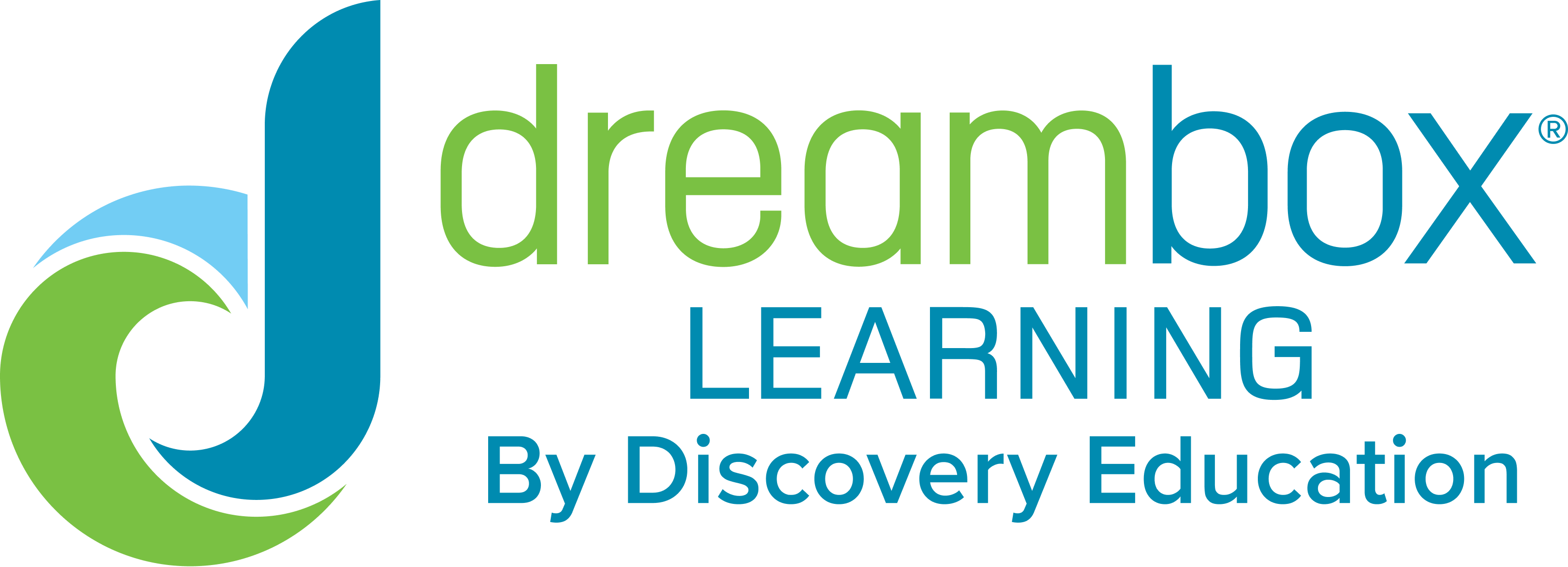Research
Finding What Works in Learning: A Rubric for Analyzing Research Studies of Curricular Programs
September 01, 2016
0min Read
SHARE NOW
Tell us a little about yourself to view this content
There are educational research studies that tout amazing results. With the expanding number of print-based and digital curricula available, how do you understand the claims being made that a given program positively impacted learning? This paper by Dr. Tim Hudson helps you understand how to successfully review educational research and know how to thoroughly investigate the study, ask probing questions, and access the fine print about how a program “improves scores” or “doubles growth” using a clear rubric and three educational research examples, including a recent Center for Educational Policy Research at Harvard University study of DreamBox Learning Math.
Now you can get past educational hype and headlines with tools that help you understand how to critically examine curricular programs.
First, consider the underlying principles of the educational resource. An evaluation team should know how to assess whether or not a program is research-based and informed by principles published in educational and cognitive science research literature. For example, John Hattie’s meta-analysis in Visible Learning ranks Piagetian Programs as having one of the highest effect sizes and therefore one of the strongest impacts on learning.
Next, use a rigorous rubric. Critically analyze educational research studies to better understand the “fine print,” the implications of the study, and ultimately the potential of a program for improving student achievement in your classroom, school, or district, using a clear rubric. Dr. Hudson explains his rubric and then puts it into practice measuring three research studies by asking eight key questions.
Free resource
Ready to explore new strategies and research?
Complete the form to download to access this free resource.
Vice President of Learning

Dr. Tim Hudson










